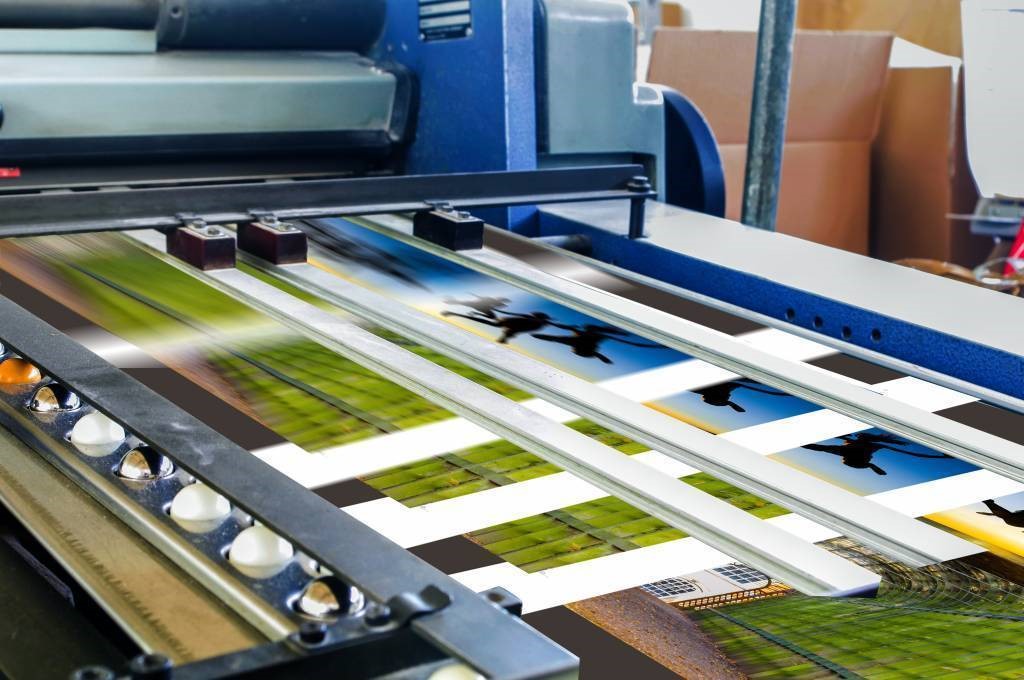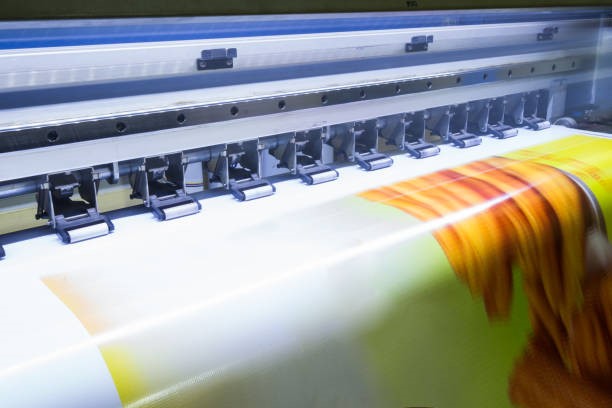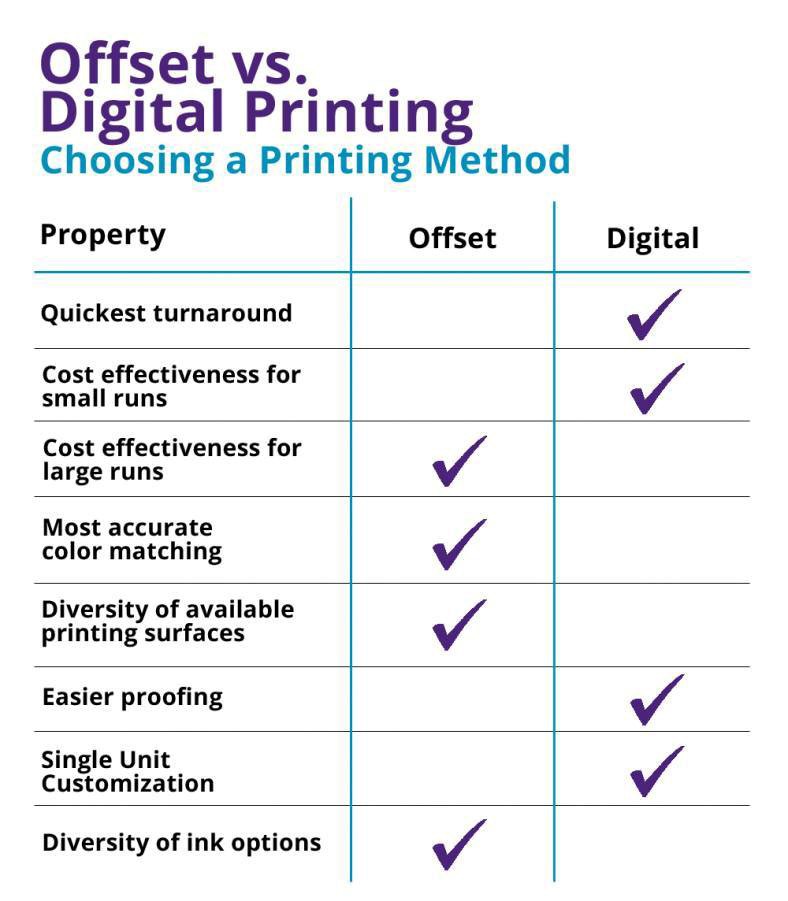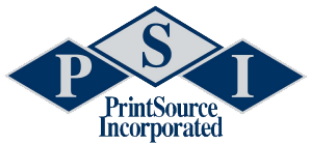Offset Printing
Traditional offset printing is a print method that uses aluminum plates to transfer ink onto a rubber sheet (often referred to as a “blanket”) The image is then rolled onto the printing surface. This printing method is considered “offset” is because the ink is not transferred to the paper directly.
This method is generally considered the best option when printing large quantities. Although there is a significant initial cost to set-up the equipment, additional units become relatively less expensive as quantity increases.

Digital Printing
Digital printing requires no manual setup. It’s extremely effective for use with smaller quantity runs. In fact, it is far more cost-effective than offset printing for low volume projects.

Each piece can be customized, making this method extremely effective if a job needs to have personalized customer names.
Choosing a Printing Method

